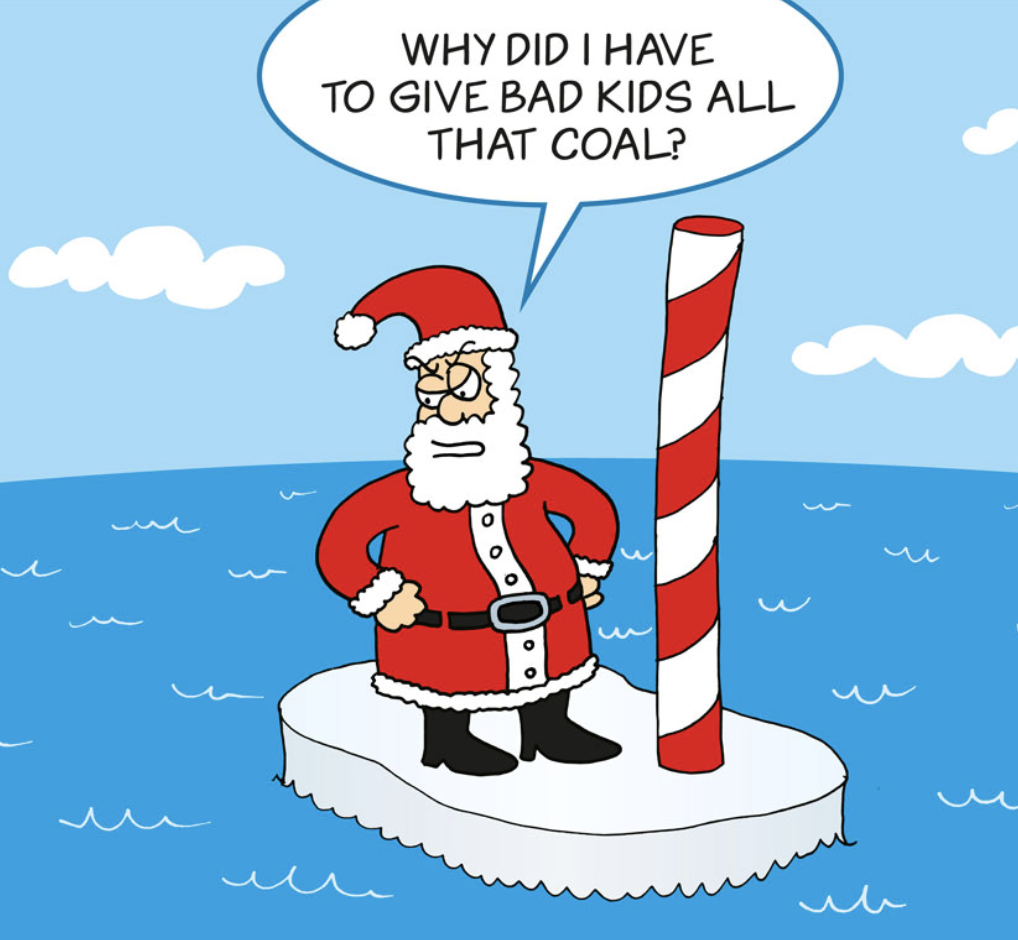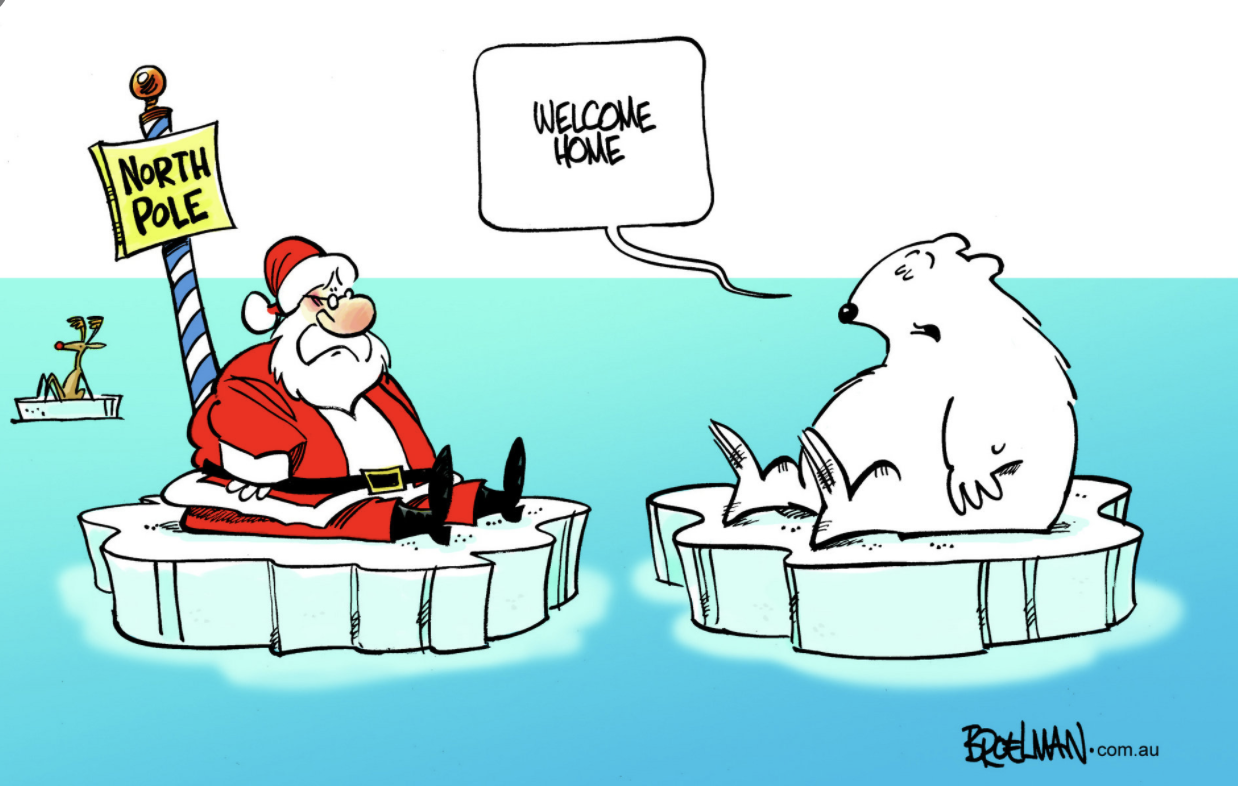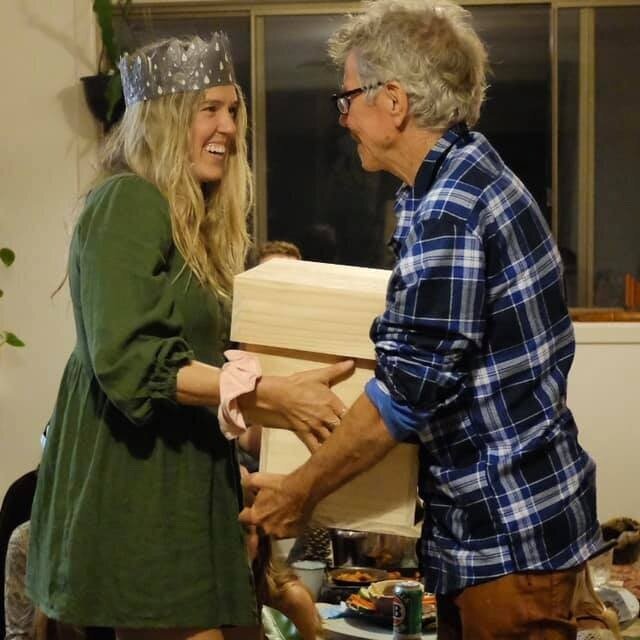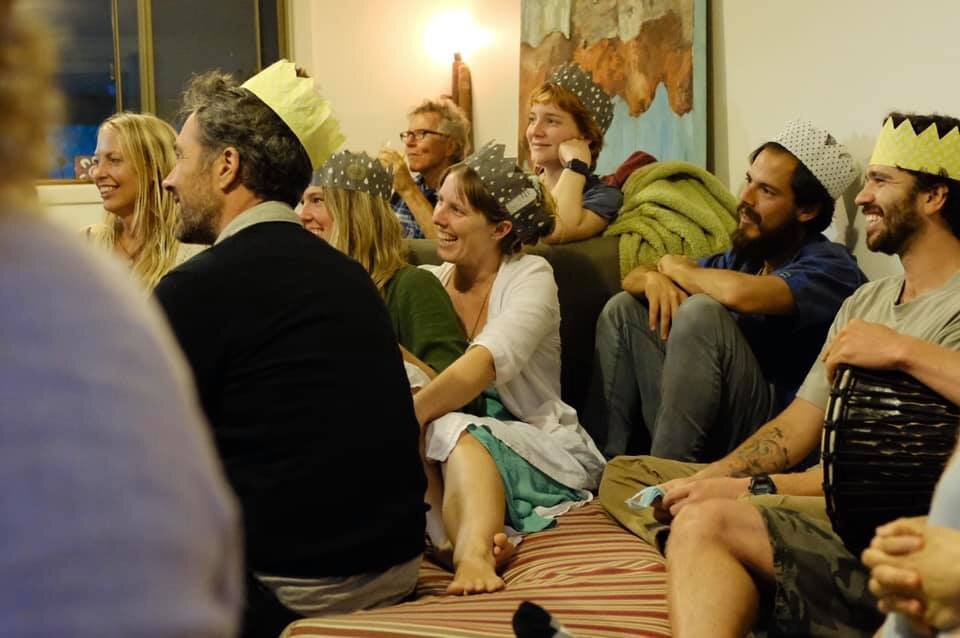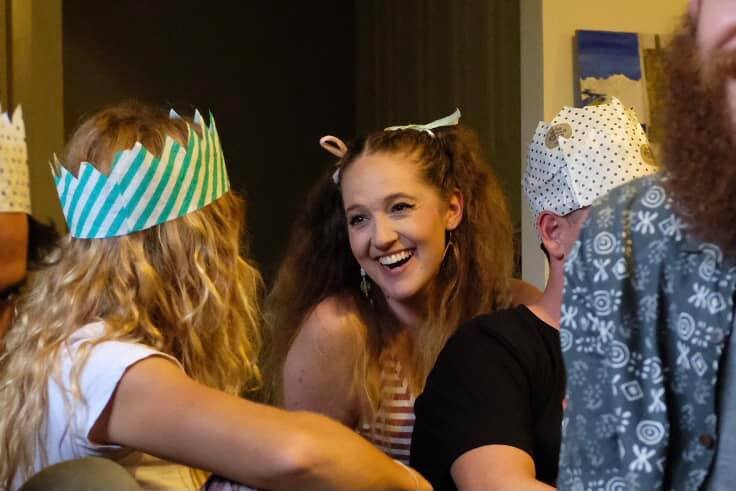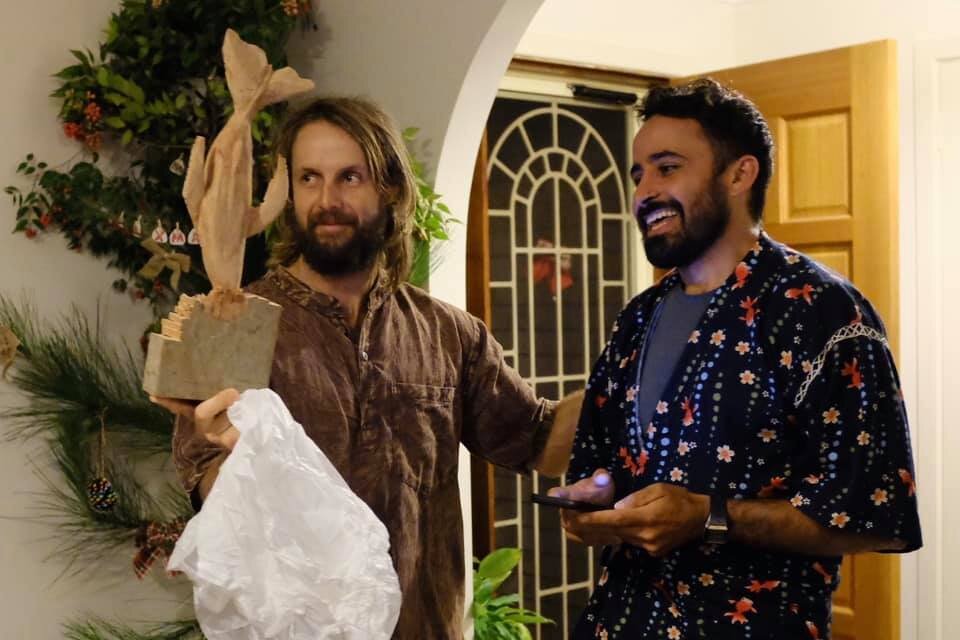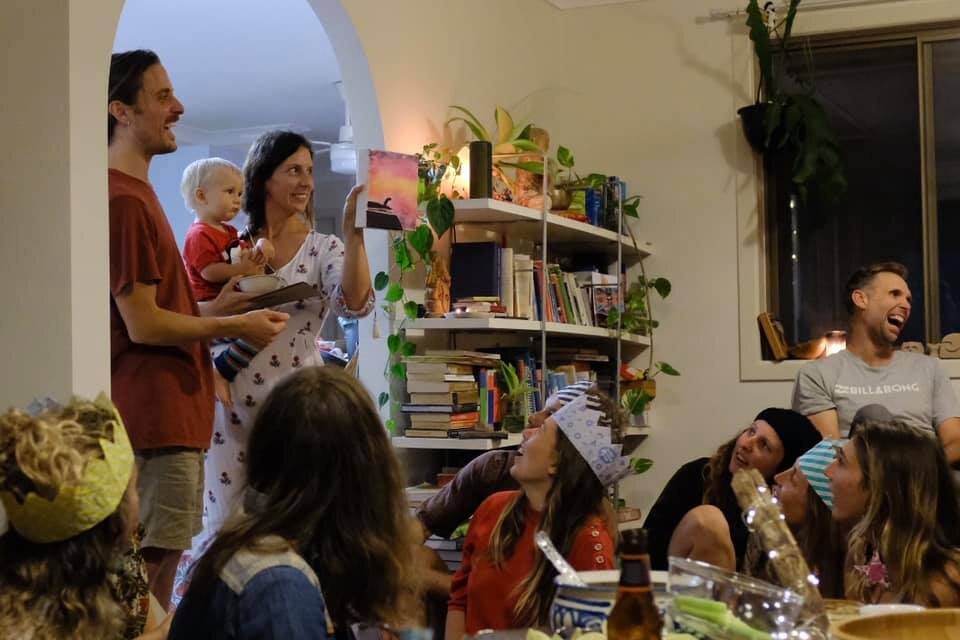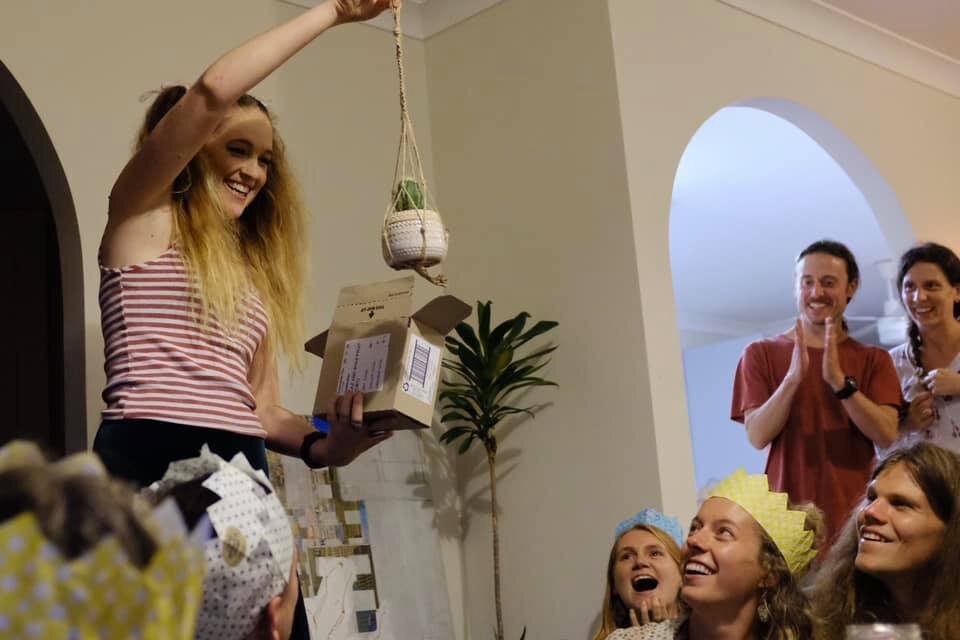Christmas Stats & Resolution Theories!
Christmas may be the most wonderful time of the year, but it’s also the most wasteful!
Australia: An estimated $400 million was spent on 10 million unwanted gifts last Christmas, many of which were discarded and likely ended up in landfill.
Australia: Our waste increases by around 30% at Christmastime.
USA: Americans throw away 25% more “trash” from Thanksgiving to New Year's than any other time of year. The extra “waste” amounts to 25 million tons of “garbage”, or about 1 million extra tons per week! (source)
USA: We will generate an additional 7 million pounds of waste between Thanksgiving and New Year's Day.
UK: Every Christmas, the amount of waste produced in the UK increases 30%.
UK: 227,000 miles of wrapping paper is thrown away each year
UK: An estimated 114,000 tonnes of plastic packaging would be thrown away and not recycled this holiday.
UK: Over 4 Million Christmas dinners are thrown out during this holiday. That includes 263,000 turkeys gone to waste.
World: It’s estimated that 1 billion Christmas cards could end up in the bin after December 25th.
Carbon Foot Print of a Christmas Tree: A natural two-metre Christmas tree that does not have roots and is disposed of into a landfill after Christmas produces a carbon footprint of around 16kg of CO2. A two-metre tree that has roots and is properly disposed of after its use — by burning it on a bonfire, planting it or having it chipped — has a carbon footprint of around 3.5kg of CO2, four and a half times less. A two-metre Christmas tree made from plastic has a carbon footprint measuring at around 40kg of CO2, more than 10 times greater than a properly disposed of real tree. (source)
ETHICS ON HOLIDAY
The holidays should be an opportunity for us to ramp up our ethics and get creative with solutions that really matter during this ultra wasteful time of year!
Many folks care deeply about the environment all year long, yet go “back to normal” once the pressure of holiday gift-buying, food-making, house-decorating strikes! Or worse, they identify as environmentalists, but never actually change their behaviour.
You might do a lot for the earth, for reducing your carbon footprint, lessening your personal waste—but you are tempted by the glitter, shiny wrapping, and plastic toys. You indulge with a “just this once” justification and then experience eco-guilt and self shaming. This is known as the “intention action gap” by environmental scientists. (source) The fact is, people think they want to be eco-friendly but few actually take steps to be eco friendly.
Few consumers who report positive attitudes toward eco-friendly products and services follow through with their wallets. In one recent survey 65% said they want to buy purpose-driven brands that advocate sustainability, yet only about 26% actually do so.
The advertisements gets better, the marketing channels are multiplying exponentially, and the pressure to buy comes earlier every year. It’s not you, it’s the ‘buying triggers’ that you are psychologically conditioned to respond to!
Most of the barriers that prevent people from adopting sustainable behaviour are cultural norms, social comparison, social habits, and fear. So we have to be prepared for these barriers to come up, and consciously navigate around them.
NO TIME LIKE THE PRESENT
If we are identifying as an environmentalist, this would be a good time to overcome the social pressures to buy and instead reclaim our sovereignty. We can see how society wants us to do Christmas, and then imagine what the holidays mean to us and redefine how this season looks for us in alignment with our environmental values.
We are a part of the environmental movement because we love and value nature. This is unfortunately currently inconsistent with our western cultural norms of auto-pilot mass consumption and disposable, throw out culture. So simply by subscribing to this ideology, we are nonconformists.
If every family reused just two feet of holiday ribbon, the 38,000 miles of ribbon saved could tie a bow around the entire planet. If every American family wrapped just 3 presents in re-used materials, it would save enough paper to cover 45,000 football fields. The 2.65 billion Christmas cards sold each year in the U.S. could fill a football field 10 stories high. If we each sent one card less, we’d save 50,000 cubic yards of paper.
EVERYDAY ACTIVISTS ALL YEAR
As this trying year comes to a close, give the gift of inspiration by showing that you care for your loved ones AND the planet we share. Inspire your family to do their bit this holiday season through simple acts like wrapping presents in repurposed paper and ribbons. Don’t be afraid to bring everyday activism into your circles this holiday season. Better to lead by example, by doing instead of preaching.
Send out a group text with one of the statistics from above to your fam or friends group, making a special request for your gathering. Make it cute and low pressure:
“We always celebrate this holiday with reds and greens, but it’s actually quite the opposite of green! If recycled paper was used to wrap presents, the amount of paper saved could cover 45,000 football fields. Let’s contribute to a healthy planet, and all choose to wrap our presents in repurposed paper! Who’s in?”
We have an opportunity—and likely more time—to make this holiday a bit more eco and set some new environmental traditions in motion. Be the greenie in your holiday circles! I bet someone thanks you for setting everyone up to be more eco. Would love to hear in the comments if it happens for you!
A FEW HOT TIPS
Share your Christmas with as many friends and family members as possible! It is more energy efficient to cook one meal and heat one home rather than two, three or four. Plus, you have a larger group to influence with your eco Christmas! ;)
Don’t buy things that will not get used or thrown away.
Gift in recycled, repurposed, natural materials
The vast majority of gifts inside Christmas crackers never last beyond the end of the meal. Consider getting crackers with just jokes and hats, and make sure to recycle the paper and cardboard afterwards.
Get a real Christmas tree with roots in a pot that you can plant after Christmas (or chip or burn); your tree will naturally absorb CO2 and release oxygen!
If you already have an artificial tree, take good care of it, so you can reuse for up to 10 years for it’s environmental footprint to be lower than real trees
Buying good quality toys means that these can be passed on to friends, family and charity shops, giving them a second or even a third life.
Make a low-carbon vegetarian Christmas Dinner and let people serve themselves!
Send your guests home with leftovers to ensure all the food gets eaten.
Earth911 provides local resources about recycling centers as well as tips on how to recycle and pollution prevention. It has a large network of over 127,000 programs in the USA.
RAMP UP THE LOVE TOO!
Unfortunately, many won’t be able to travel to see their loved ones this year. This is good for the climate, but bad for our hearts! Take action to fill up your love cup. Connect over video call, set up secret santa gift exchanges with work colleagues or other groups to ensure others feel connected, send snail mail to your loved ones to let them know you’re thinking of them, do random acts of kindness and generosity!
Photos by Leo Bellis-Jones from our local secret santa gift exchange. <3




